Firm Launches First Strategic Beta-Style Index Family to Track World's Leading Innovators
DENVER, Colo.,
September 17, 2014 – GaveKal Capital today introduced the
GaveKal Knowledge Leaders
Indexes, the first family of indexes designed to track the world’s leading
innovators. The strategic beta-style indexes identify the world’s most
innovative companies using the same proprietary process as the firm’s flagship
GaveKal Knowledge Leaders Strategy.
The GaveKal Knowledge Leaders Developed World Index (KNLGX,
KNLG) measures innovation among mid- and large-cap stocks in North America, developed
Europe and Asia. The GaveKal Knowledge Leaders Emerging Markets Index (KNLGEX,
KNLGE) measures innovation among stocks from Latin America, emerging Asia and
Europe.
“Companies that choose to invest more on innovation develop
rich stores of assets that directly impact stock performance,” said Steven
Vannelli, Managing Director and Portfolio Manager, GaveKal Capital. “Yet
today’s conservative accounting standards make them nearly invisible in the
stock market. The GaveKal Knowledge Leaders Indexes reveal these companies,
allowing investors to unlock a new opportunity hiding in the world’s most
innovative companies.”
The new strategic beta-style indexes were designed using the
firm’s proprietary process for identifying Knowledge Leaders. The firm
constructs the indexes first by capitalizing corporate investment in intangible
assets -- such as research and development, brand development and employee education
-- for all companies in the universe to create an intangible-adjusted
historical set of financial accounts going back to 1980. Based on this adjusted
financial history, the companies are screened
for knowledge intensity, profitability and return on capital. Those that pass
the screen are identified as Knowledge Leaders and included in the GaveKal
Knowledge Leaders Indexes.
Performance

For the GaveKal Knowledge
Leaders Developed World Index, cumulative performance from April 2007 through
June 2014 exceeded the MSCI World Index by 37%, or 4.43% on an annualized
basis. The consistent outperformance resulted in an annualized alpha of 3.79%
since 2007. The GaveKal Knowledge Leaders Developed World Index presents a
unique risk profile, offering a 69.55% active share compared to the MSCI World
Index, an active share higher than many actively managed funds.
For the GaveKal Knowledge
Leaders Emerging Markets Index, cumulative performance from April 2007 through
August 2014 exceeded the MSCI Emerging Markets Index by 84.3%, or 8.59% on an
annualized basis. The consistent outperformance resulted in an annualized alpha
of 7.63% since 2007. The GaveKal Knowledge Leaders Emerging Markets Index also
presents a unique risk profile, offering a 76.65% active share compared to the
MSCI Emerging Markets Index, also an active share higher than many actively
managed funds.
Both equal weighted indexes are
available in total return and price return formats. They rebalance twice a
year, in March and September. Learn more about the GaveKal
Knowledge Leaders Indexes.
About the GaveKal Knowledge Leaders Strategy
The strategy is based on the idea that knowledge is an
undervalued asset. The investment team targets knowledge leaders, the world’s
leading innovators with deep reservoirs of intangible capital. These companies
often possess competitive advantages such as strong brand, proprietary
knowledge or a unique distribution mechanism. The strategy identifies the best
among global companies that are tapping deep reservoirs of intangible capital
to generate earnings growth. By measuring corporate knowledge investments and
applying a proprietary process to analyze knowledge spending, the process is
designed to identify attractive long-term opportunities. The investment team
has combined more than 25 years of institutional knowledge, advanced technology
platforms and thousands of development hours to design the intellectual
property behind its process.
About GaveKal Capital
GaveKal Capital is a US registered investment advisory firm
that has created the GaveKal Knowledge Leaders Indexes and manages the GaveKal
Knowledge Leaders Strategy, including the GaveKal Knowledge Leaders Fund
(NASDAQ: GAVAX, GAVIX), the GaveKal Knowledge Leaders UCITS Fund (BLOOMBERG:
GAVPLAT) and separate accounts. For more information please visit
GaveKal Capital or
email us. Follow the
GaveKal Capital Blog and follow us on
Twitter
@GaveKalCapital.
Connect to our
LinkedIn
Company Page.
###
The MSCI World Index is a free float-adjusted market
capitalization weighted index that is designed to measure the equity market
performance of developed markets. The MSCI Emerging Markets Index is a free
float-adjusted market capitalization index that is designed to measure equity
market performance in the global emerging markets. One cannot directly invest
in an index.
The GaveKal Knowledge Leaders Indexes are the first index
family designed to track the world’s leading innovators, according to our
research.
An investor cannot invest directly in an index.
Active Share
is the percentage of stock holdings in a portfolio that differ from the
benchmark index. Active Share determines the extent of active management being
employed by mutual fund managers: the higher the Active Share, the more likely
a fund is to outperform the benchmark index. Researchers in a 2006 Yale School
of Management study determined that funds with higher Active Share will tend to
be more consistent in generating high returns against the benchmark indexes.
Alpha is a
measure of the portfolio’s risk adjusted performance. When compared to the
portfolio’s beta, a positive alpha indicates better-than-expected portfolio
performance and a negative alpha worse-than-expected portfolio performance.

















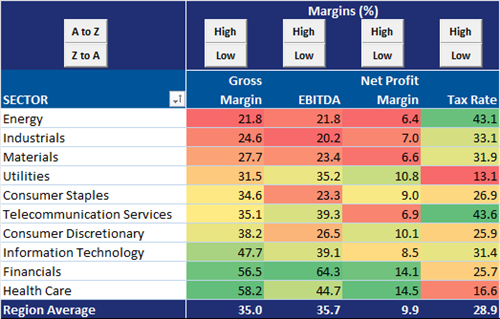


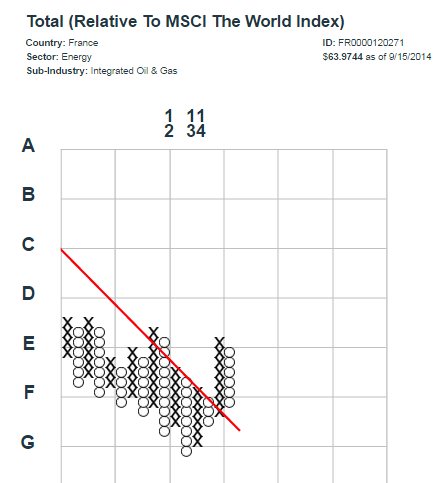














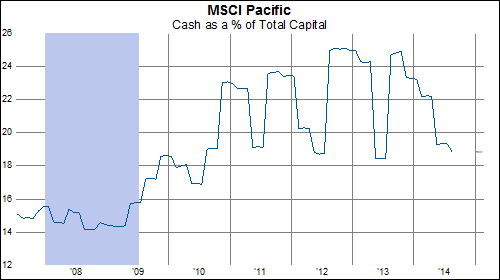

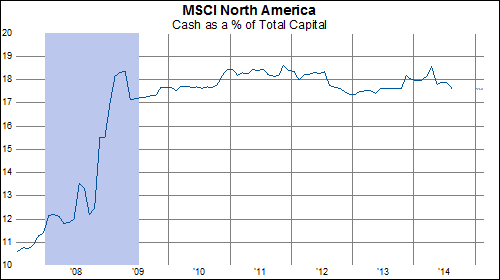

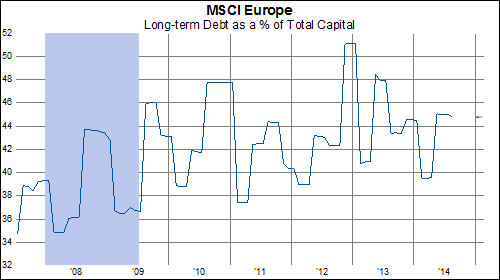






 '
'



